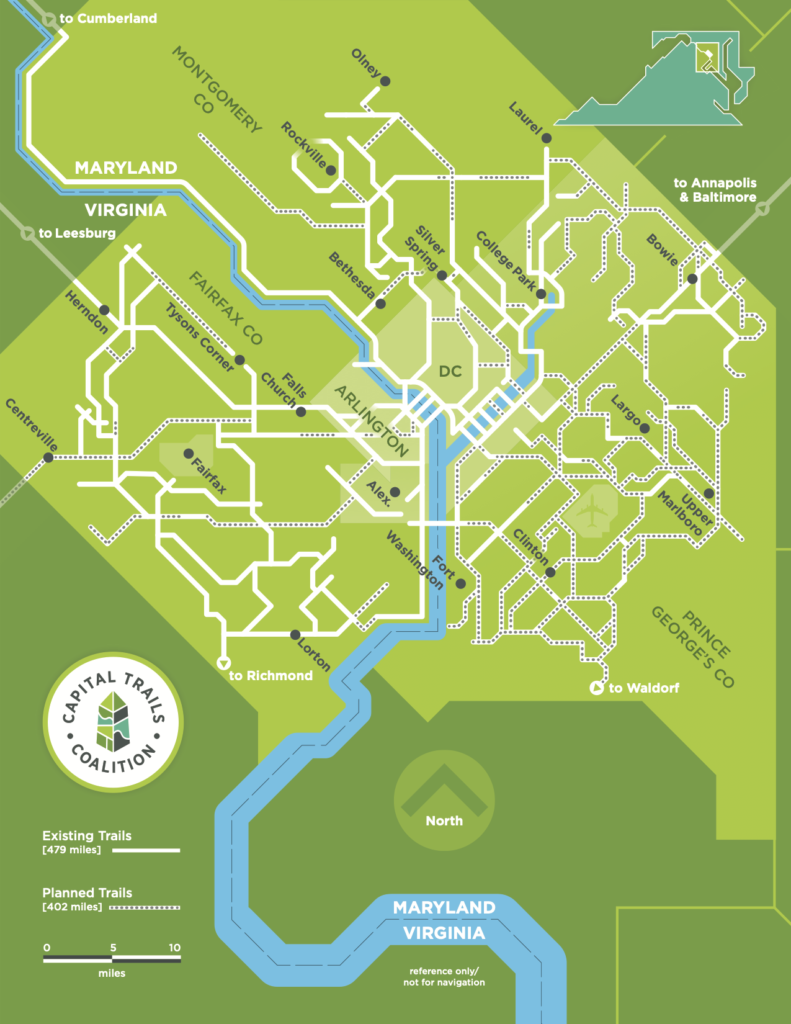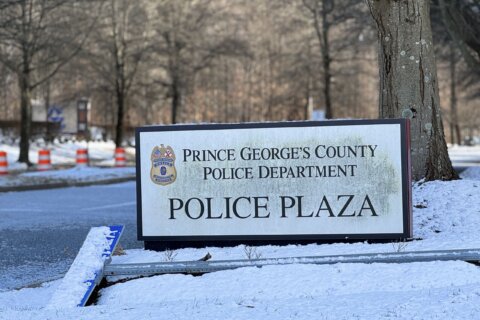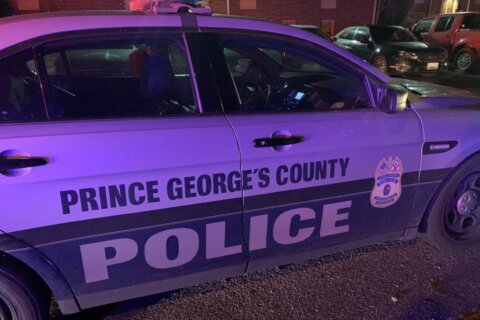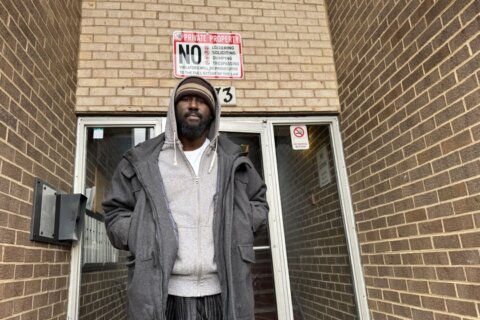Prince Georges County, Maryland, is endorsing the completion of dozens of new trail projects that will expand the Capital Trail Network.
The county council approved a resolution Tuesday that requests that the county executive, the Maryland-National Capital Park and Planning Commission, the State of Maryland and the federal government assist in funding for the trail network.
The Capital Trail Network connects Prince George’s and Montgomery counties in Maryland to D.C. and Northern Virginia with 479 miles of trails. The Capital Trails Coalition, which maintains and builds additional trails, hopes to complete 40 new projects by 2025. Some of the trails that could be completed in Prince George’s are the Piscataway Creek Trail, Little Paint Branch Trail, the Suitland parkway trail and Pennsylvania Avenue Side path.

To complete the projects, the Capital Trails Coalition will need additional funding. The resolution will allow the Prince George’s County Park and Recreation’s department in partnership with Montgomery County to request federal grant funding.
“This grant funding provided by the U.S. Department of Transportation looks to be in the amount of $25 million,” Transport, Infrastructure, Energy & Environment Committee Director Kenneth Battle told the council.
According to a committee report, the Maryland National-Capital Park and Planning Commission plans to contribute 30% to 50% of the local match to make the grant application more competitive.
“Our residents want and deserve access to trails and open space, not only for leisure activities, but for the environmental and health benefits as well. Additionally, the Capital Trails Network, if expanded in Prince George’s County, will broaden transit options and employment opportunities, giving residents more options for maintaining a healthy work-life balance,” said District 3 Council Member Dannielle Glaros in a statement.
Earlier this year, the The Capital Trails Coalition called for the addition of 402 miles of trails.
If this is completed, the Capital Trails Coalition estimates nearly 4 million people will live within a 2-mile walk or ride of the network.








